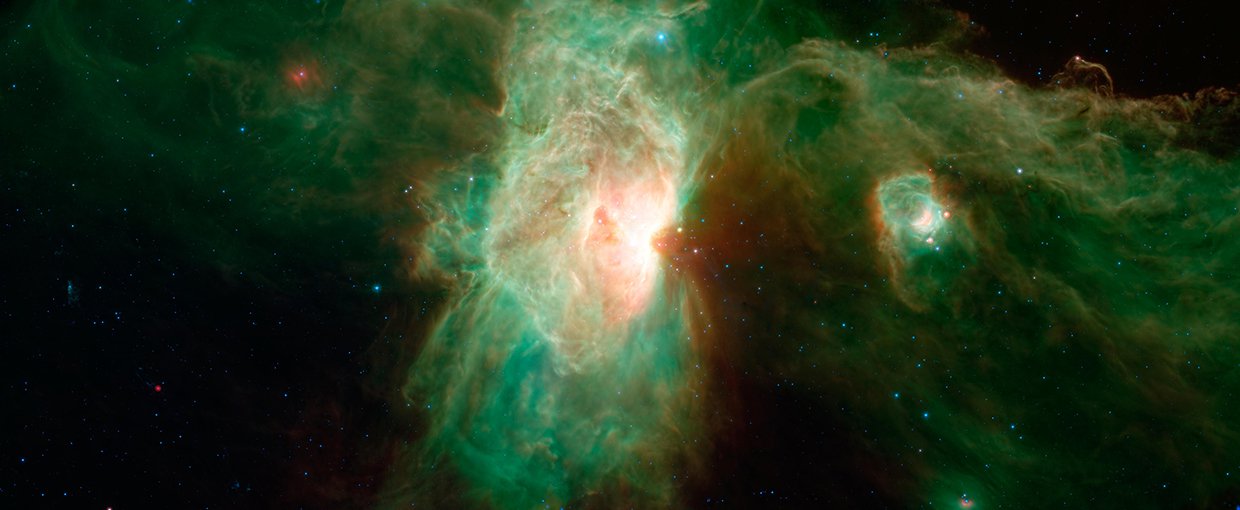
September 23, 2024 by Mark Thompson
Collected at: https://www.universetoday.com/168688/what-happens-to-the-climate-when-earth-passes-through-interstellar-clouds/
Noctilucent clouds were once thought to be a fairly modern phenomenon. A team of researcher have recently calculated that Earth and the entire Solar System may well have passed through two dense interstellar clouds causing global noctilucent clouds that may have driven an ice age. The event is thought to have happened 7 million years ago and would have compressed the heliosphere, exposing Earth to the interstellar medium.
Interstellar clouds are vast regions of gas and dust that flat between the stars inside galaxies. They are mostly made up of hydrogen along with a little helium and trace elements of heavier elements. They are a key part of the life circle of stars providing the materials for new stars to be formed and are seeded with elements after stars die. The clouds vary significantly in size, density and location and are an important part of the evolution of the Galaxy.

Earth’s journey around the Galaxy is not for the impatient for it takes about 250 million years to complete one full orbit at a speed of 828,000 kilometres per hour. Currently the Solar System is located in the Orion Arm, one of the spiral arms of our Galaxy. During the journey, Earth travels through different regions, encountering stars and different densities of the interstellar medium. It experiences gravitational interactions with nearby stars and nebula sometimes exerting subtle interactions. Regardless of the immense journey, the stars of our Galaxy remain relatively unchanged over a human lifetime.

A team of astronomers let by Jess A. Miller from the Department of Astronomy of Boston University have traced the path of the Sun back through time. In doing so, they have identified two occasions when the Earth and Solar System passed through two dense interstellar clouds. One of the crossings occurred 2 million years ago, the other 7 million years ago. Exploring the properties of the clouds, the team assert that the clouds are dense enough that they could compress the solar wind to inside the orbit of Earth.
The Solar Wind is a constant stream of charged particles, mostly electrons and protons that are emitted from the upper layer of the Sun’s atmosphere, the corona. The particles travel through the Solar System at speeds between 400 and 800 kilometres per second. The edge of our Solar System is defined as the point where the solar wind merges with the interstellar medium.

Previous teams have analysed climate change events due to these interstellar medium interactions with similar findings. Global cooling has been the result with an ice age being triggered. The study by Miller and team have readdressed this very topic using modern technology and processes.
The team find that the interactions have indeed played a part in changes to the atmosphere of Earth. They find that levels of hydrogen in the upper atmosphere would have increased substantially. The newly acquired hydrogen would be converted to water molecules in the lower atmosphere and it would also have led to a reduction in mesospheric levels of ozone. These processes would have led to the appearance of global noctilucent clouds in the mesosphere. They would not have been permanent but may have blocked 7% of sunlight from reaching Earth, plunging our planet into an ice age.

Leave a Reply